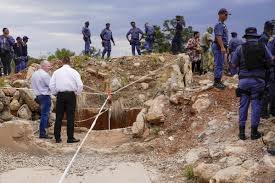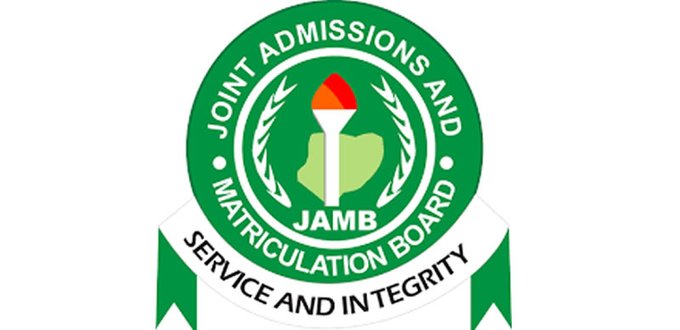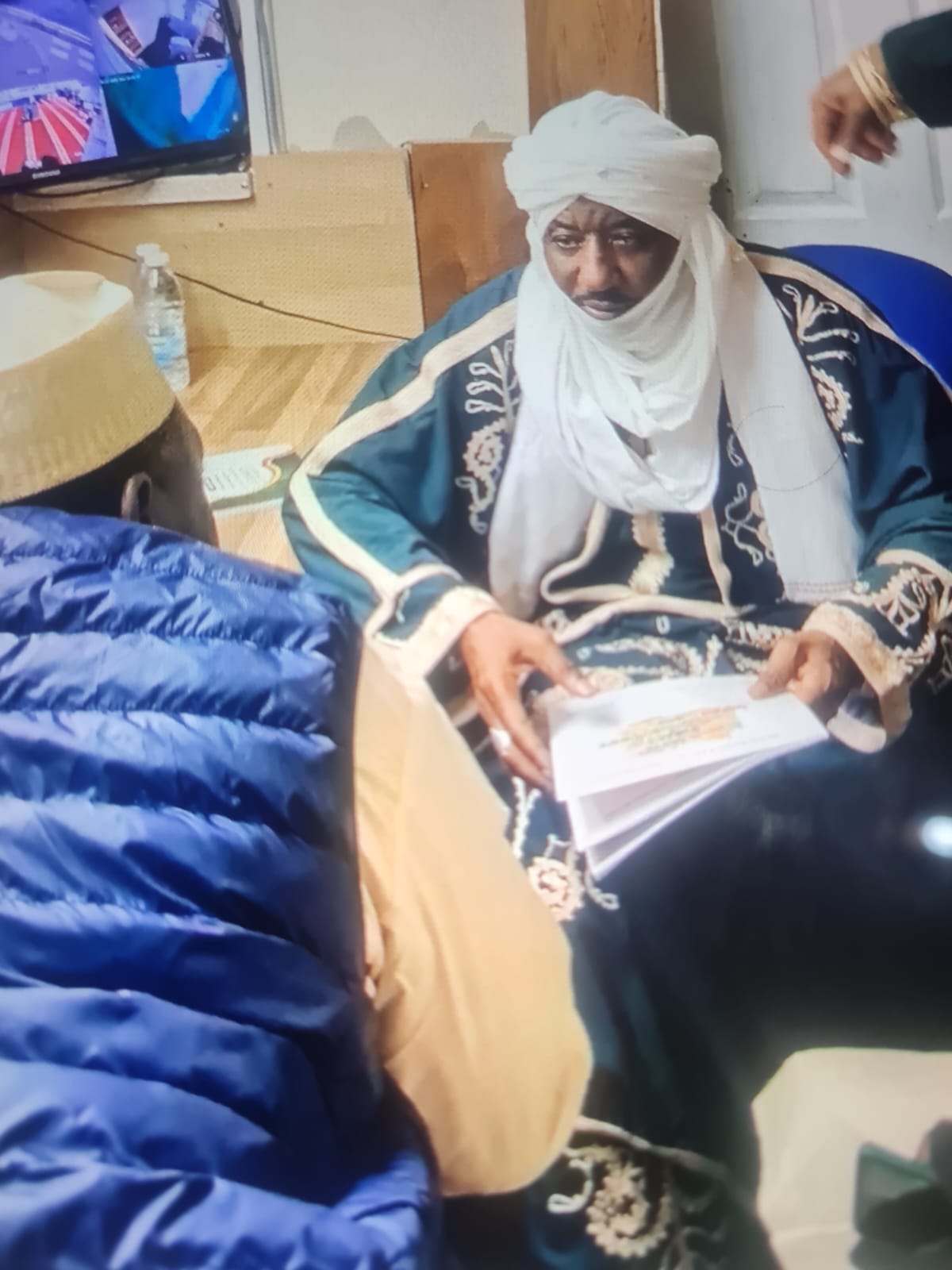No less than a hundred miners working at an abandoned gold mining site in South Africa have died of suspected starvation and dehydration after being trapped underground for months.
Disturbing videos of the mining site, located in Stilfontein, southwest of Johannesburg, are making the rounds, and they show emaciated figures of some of the miners and some corpses wrapped in makeshift body bags deep inside the mine estimated to be 2 km underground.
The miners have been trapped since November 2024, when the police launched a crackdown on illegal mining in the province. The operation, called “Close the Hole,” was meant to “smoke out” miners from mineshafts.
According to the BBC, the videos were recently released by a South African trade union, the General Industries Workers of South Africa (Giwusa), who condemned the government for implementing a “treacherous policy.”
However, the country’s Department of Mineral Resources began leading the rescue effort on Monday.
The department also told the BBC that Monday’s rescue involved lowering a cage into the shaft, which was lifted back up once it was filled with people.
The cage accommodates six or seven individuals, depending on their combined weight.
Similarly, a civil rights group advocating for the rescue of the miners, known as the Mining Affected Communities United in Action, said the videos making rounds had been recorded with a cellphone and attached to some miners rescued on Friday.
The spokesperson of the group, Sabelo Mnguni, told AP News on Monday that 18 corpses have been recovered in the last week, and half of those were recovered in a community-led operation last Friday. The South African authorities rescued the other half in an official rescue operation.
Police react
Confirming the situation of scores of miners in the pit, the police spokesperson, Sebata Mokgwabone, said the force is still trying to get the total number of corpses that have been recovered from the pit.
Also, there are no official estimates of the number of miners remaining in the mine, but police have cited local information and said up to 4,000 may be underground.
She, however, noted that the authorities hope to rescue all the trapped miners.
The official rescue operation began on Monday following a court order for the government to facilitate a long-delayed rescue operation.
The South African authorities had earlier argued that the miners had entered the shaft in Stilfontein deliberately without permission, and in turn, they decided to block food and water supplies coming from the land surface.
In November 2024, South African Cabinet Minister Khumbudzo Ntshavheni said the government would not help the miners because they are considered criminals.
“We are not sending help to criminals,” she said, according to local media. “We are going to smoke them out. They will come out.”
Illegal mining
South Africa and its mining industry lose about 70 billion rand a year to illegal gold mining, and there are about 6,000 abandoned mines across the country.
However, illegal mining is not a unique challenge to South Africa. It is a widespread challenge across Africa, driven by poverty, weak regulatory frameworks, and high demand for valuable minerals.
Countries like Ghana, Nigeria, the Democratic Republic of Congo (DRC), and Zimbabwe face similar issues, often tied to the exploitation of natural resources by both local and even international actors.
Nigeria loses $9 billion annually to illegal mining, and only 3 per cent of the royalty is paid into government coffers by the few miners licensed to operate legally across the country.
There are also life-threatening risks associated with illegal mining in the country, such as mine pit collapses, which occur frequently in mining shafts, leading to severe injury or death.
Children are also often victims of these incidents.





